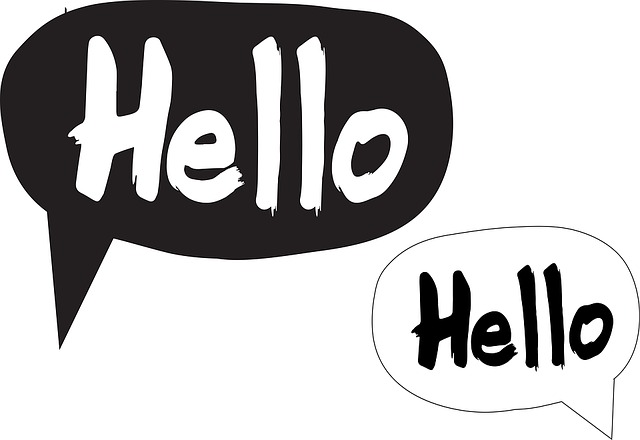Communication skills - trainer
4. Speaking and listening
Speaking and listening are closely connected. It is about oral communication, or use of oral language. Speaking and listening is characterize on one hand, by spontaneous language use. However, it can also require formal and prepared use of language. In workplaces both informal, spontaneous and formal oral communication is a part of daily work.
Self-assessment: Carry out self-assessment to target learners about competences in speaking and listening.
Aims of speaking and listening:
- be aware of and adjust communication to the communicative context and situation
- adjust the language use to audience or target group
- develop ability to speak or make presentations at meetings, and formal gatherings
- learn speaking strategies for speaking on spot
- learn strategies for turn-taking in discussion and conversation
- use conversation to promote own and others´ interests
- maintain focus and concentration when listening to others
- be aware of listen in addition to hearing
Be prepared and aware: Using language orally at workplaces often means to be prepare and be aware how to speak. Presentation at meetings or in formal situations demands awareness and preparation of language use in general. To be aware of to whom one address the speaking, the purpose of speaking and the content, is very important.
Different styles and ways of communication: Oral speech must adjust to whether it is dialogue or monologue, short instructions, information, questions or discussions. Each form require in some ways different styles and expressions. In addition, to communicate orally, also require ability to communicate flexibly and effectively in known as well as unfamiliar settings.
Politeness and clearness: Oral communication also require politeness and clearness in choice of purpose, words and expressions to avoid misunderstanding.
Listening: Oral communication also implies listening to receive and respond on messages, information or instructions from colleagues, leaders, customers, patients or next of kin. Learn how to clear out misunderstandings and inappropriate intimidated feelings of any kind.
Activity:
Let learners study these videos, and analyze the way of speaking or communication between persons related to style, target group, expressions in general.
- Communication between a home care giver and a patient :
- see the video 1 (blood pressure)
- see the video 2 (breakfast)
- Correction : you can get the subtitles in English here for the video 1 and here for the video 2.
Give an assessment.
Activity:
Let learners study a video related to work, where two or more persons communicate – but without sound. Ask learnersto write the communication phrases/utterances in the way they think it should be. Compare with a colleague.
Activity:
Get learners to reconsider their last oral communication with a colleague, a costumer, a patient etc. Ask them if they could do this in a better way? How?
